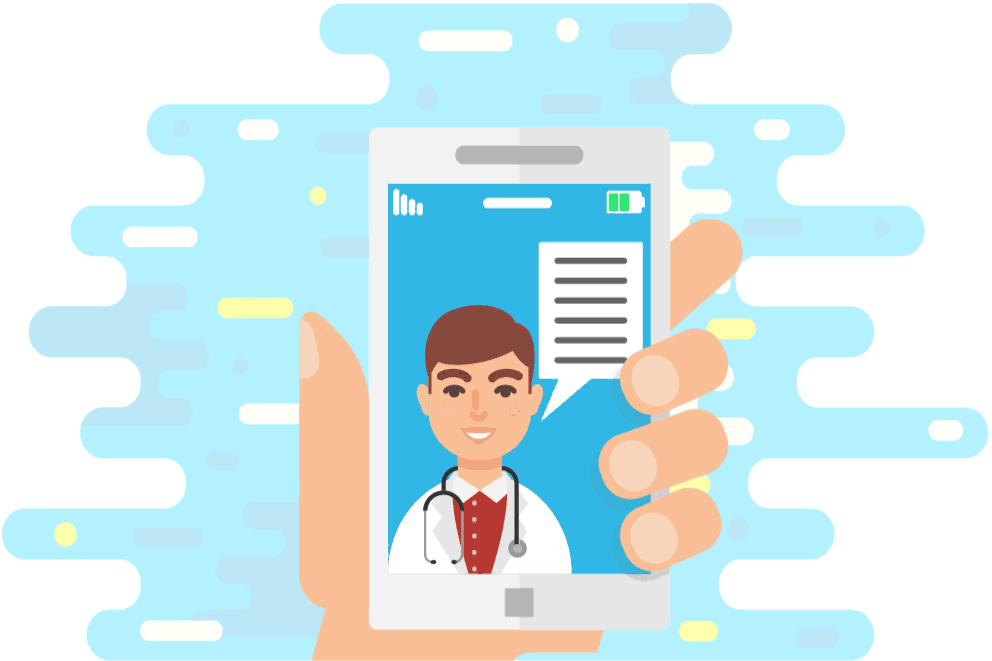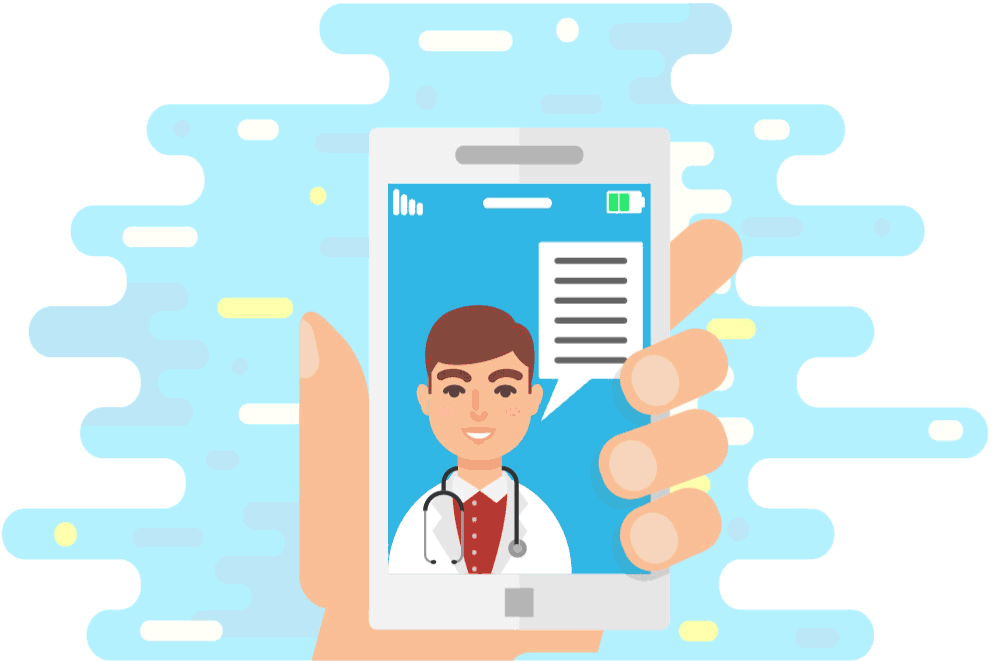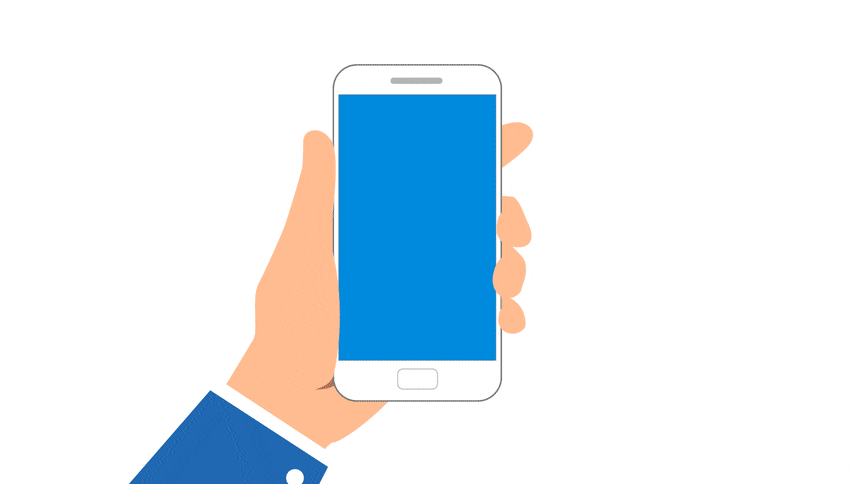5 Social Distancing Tips to Improve the Patient Experience

As social distancing mandates are rolled out nationwide, providers must look for ways to address patient needs while staying compliant with state regulations. Due to the COVID-19 pandemic, anxiety surrounding health and financial security is particularly high, making it even more important for health systems to offer efficient, cost-effective payment and communication solutions to their consumers.
While healthcare facilities are urging patients to stay home and postpone non-urgent visits and requests, crucial administrative tasks must still be addressed. Telehealth services, electronic health records (EHR), and online payment portals are just a few of the tools that can help patients, insurance companies, and providers communicate efficiently during this time.
5 Tips for Improving the Patient Experience While Social Distancing
Creating a better user experience can help reduce patient anxiety and maintain productive relationships throughout the COVID-19 pandemic. Here are five top tips to help you improve your current systems and provide a more efficient, thorough, and thoughtful service to your patients.
1. Telehealth Services

Telehealth services, as defined by the US Health Resources and Services Department, are “the use of electronic information and telecommunication technologies to support long-distance clinical health care, patient and professional health-related education, public health, and health administration.” By their very nature, these services are perfectly suited for situations like the one we face today. Healthcare providers can utilize telehealth systems to service patients who are isolated or unable to visit brick and mortar facilities.
Telehealth services include video conferencing, online portals, image storage, and forwarding services, as well as terrestrial and wireless communication. By using these tools, providers can address customer service requests, cultivate a more open dialogue with consumers, and assist patients in complying with social distancing mandates.
2. Electronic Health Records (EHR)
An Electronic Health Record (EHR) is a digital copy of a patient’s medical chart. It helps providers keep all medical inquiries, treatments, and charges current and accessible to multiple parties at the same time. EHRs can include data on diagnoses, medications, treatment plans, immunization dates, allergies, radiology images, and test results. Not only are EHRs updated automatically and, therefore, contain the most up-to-date data — they also allow providers and patients to view and update information remotely.
EHRs help providers reduce cross-departmental requests by having all of the patient’s current data in one place, streamlining workflows and increasing efficiency. Patients can be given access to their own medical history, when applicable, helping them to clarify treatment breakdowns and review administered services. Transparency between providers and patients builds trust and generates long-standing relationships.
3. Automated Payment Plans
Automated payment plan solutions may help relieve some of the stress associated with recurring bills. As the market fluctuates, and traditional workplaces are rearranged, consumer schedules may be temporarily disrupted. Recurring payments make it easier for patients to focus on other, more pressing issues while ensuring all of their bills are paid on time and in full.
The healthcare industry is a constantly evolving marketplace. New trends and innovative technologies have the ability to improve experiences for all parties. A recent study found that 71% of patients want to receive electronic billing from their providers. However, only 17% of patients receive bills online. This trend highlights the public’s desire for quick, online payment solutions prior to the COVID-19 pandemic but can also be a valuable resource during self-isolation. As more people are asked to stay home, the demand for online payment solutions is likely to increase.
By listening to these trends and making it easier for consumers to pay or commit to scheduled payment structures, you can improve out-of-pocket collection rates and help patients check one more task off their to-do list.
4. Self-Service Payment Options

Social distancing mandates have reduced the number of ways in which payments can be processed. Tasks that require in-person contact, such as visiting the post office or purchasing shipping supplies from brick and mortar stores may not comply with social distancing rules, forcing consumers to look for alternative ways to pay. By offering self-service solutions, such as mobile payments, Quick Response (QR) codes, and Interactive Voice Response (IVR) technology, providers can give patients the tools they need to pay wherever they are.
Consumer-focused tools allow patients to manage their finances quickly and efficiently on their own. Like online payment options, mobile devices enhance the ease and simplicity of completing a payment. A study conducted by Statista found that 29% of consumers want to pay their bills via a mobile phone. A further 39% of online consumers listed mobile payment solutions as the most efficient method. Through phone and tablet payment options, patients can complete tasks at any point in the day, reducing the time between notification and collection.
QR codes bridge the gap between online solutions and traditional paper billing. Adding a unique QR code to a paper billing statement can help patients quickly submit payments online. IVR technology can be used to clarify account details over the phone, allowing patients to stay home and comply with social distancing regulations.
5. Broaden Your Communication Channels
During times of uncertainty, patients may require additional clarification from providers and third-party billing services. Offering a range of communication channels can help facilitate these requests and give patients vital information on payments, treatments, and coverage quickly and efficiently.
A study conducted by the Pew Research Center found that 98% of text messages are read in the first two minutes. Sending urgent updates via text helps providers reach patients in isolation while letting them know their concerns are being addressed.
Providing useful features to patients is a great way to enhance the patient-practice relationship. HITRUST-certified services can ensure electronic communications are sent safely and securely.
Social distancing mandates have caused a rise in remote digital solutions. Offering a range of cost-effective, easy-to-use payment and communication solutions during this stressful time can help improve the patient experience, build trust, and combat anxiety.
MailMyStatements is a statement and payment vendor who strives to simplify the billing process through the use of technology-driven solutions. Get in touch with us today to learn how we can implement eStatements, customized paper statements, or collection options for your practice.

Hugh Sullivan is the CEO of MailMyStatements, an industry-leading healthcare billing, and payments company. He has over 25 years of experience as a seasoned healthcare executive, was the co-founder of ENS Health — a highly successful national healthcare electronic data interchange company, and has served in various leadership roles within Optum, a UnitedHealth Group company. Considered as an industry thought leader, Hugh is an expert in using health IT to improve healthcare information exchange, which can enhance the quality of care, improve efficiency, and reduce costs.
#PatientStatements
You can follow Hugh on Twitter @hughdsullivan



Comments
Post a Comment